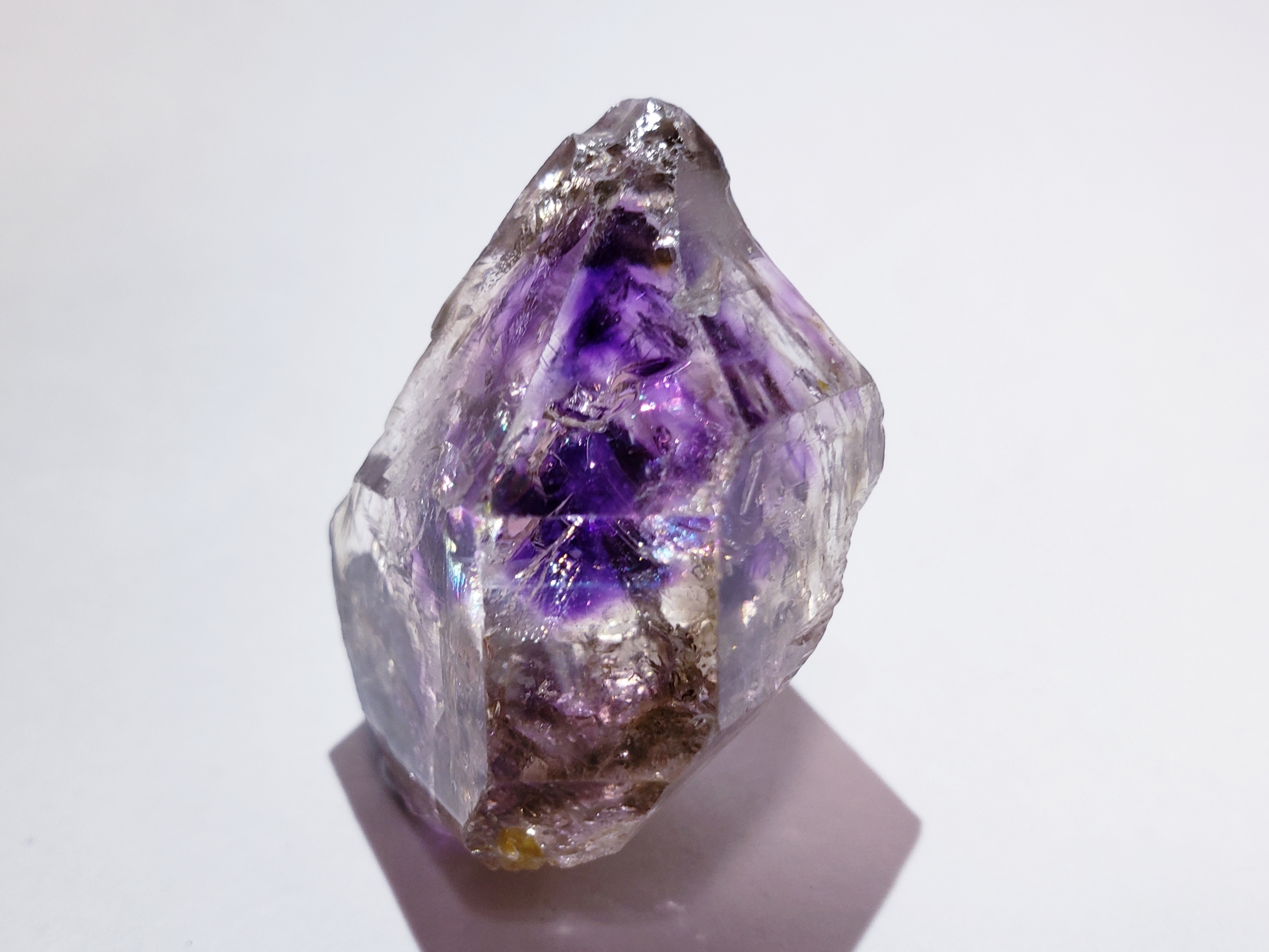Azurite - The Most Beloved Ones!
- Cassy Chan

- Nov 14, 2019
- 2 min read
Updated: Mar 17, 2020

I peronally love Azurite very much due to its vibrant color and the gemmy, sparkly combination. It’s hard to believe the mother nature has created such beauty and I can spend hours admiring superb specimens, especially those from Laos as they are relatively more shinny! I grew up with rocks and minerals due to my family business and I used to trade them with my childhood friends for their expensive toys, yehey :P !!
The joy of mineral collections is not just about owning them, but from unpacking it, the “love at first sight” (right, more than in a relationship haha), the “miss it so much” when I’m travelling and to admire it under different lights from time to time. If you’re also a fan of Azurite feel free to share your story with us :D
Below are some information and facts about Azurite that I wanted to share with you all.
First discovered in 1824 by a French Geologist François Sulpice Beaudant, Azurite is a copper mineral and is found in many locations in the world. The name of the stone is thought to derive from the Persian word ‘Lazhward’, which means vivid blue. In Ancient Egypt, Azurite was considered as a magic stone which served to enhance spiritual power. It was also the most important and popular blue pigment in European painting throughout the Middle Ages and Renaissance.
Azurite is usually associated with Malachite and is often pseudomorphically replaced by Malachite and Chrysocolla. As it is rarer than Malachite, the gemstone holds a higher value and is highly sought after around the world.
It is fairly easy to identify Azurite due to its vibrant blue color – even for the untrained eyes. Lapis Lazuli is the most similar mineral in appearance but Azurite lacks the golden flecks presented in Lapis Lazuli and can be distinguished by this characteristic.
Azurite’s Maintenance Advice:
Azurite is a soft copper mineral created by weathering of copper ore deposits with a Mohs hardness between 3 and 4. It is relatively unstable in open air in compare with other minerals like Malachite. Bright light, intense heat and open air all tend to reduce the intensity of its color over time. The best way to preserve it is to place it in a cool, dark storage environment similar to that of its original natural settings. Most importantly, do not wash or immerse Azurite in water.




Comments